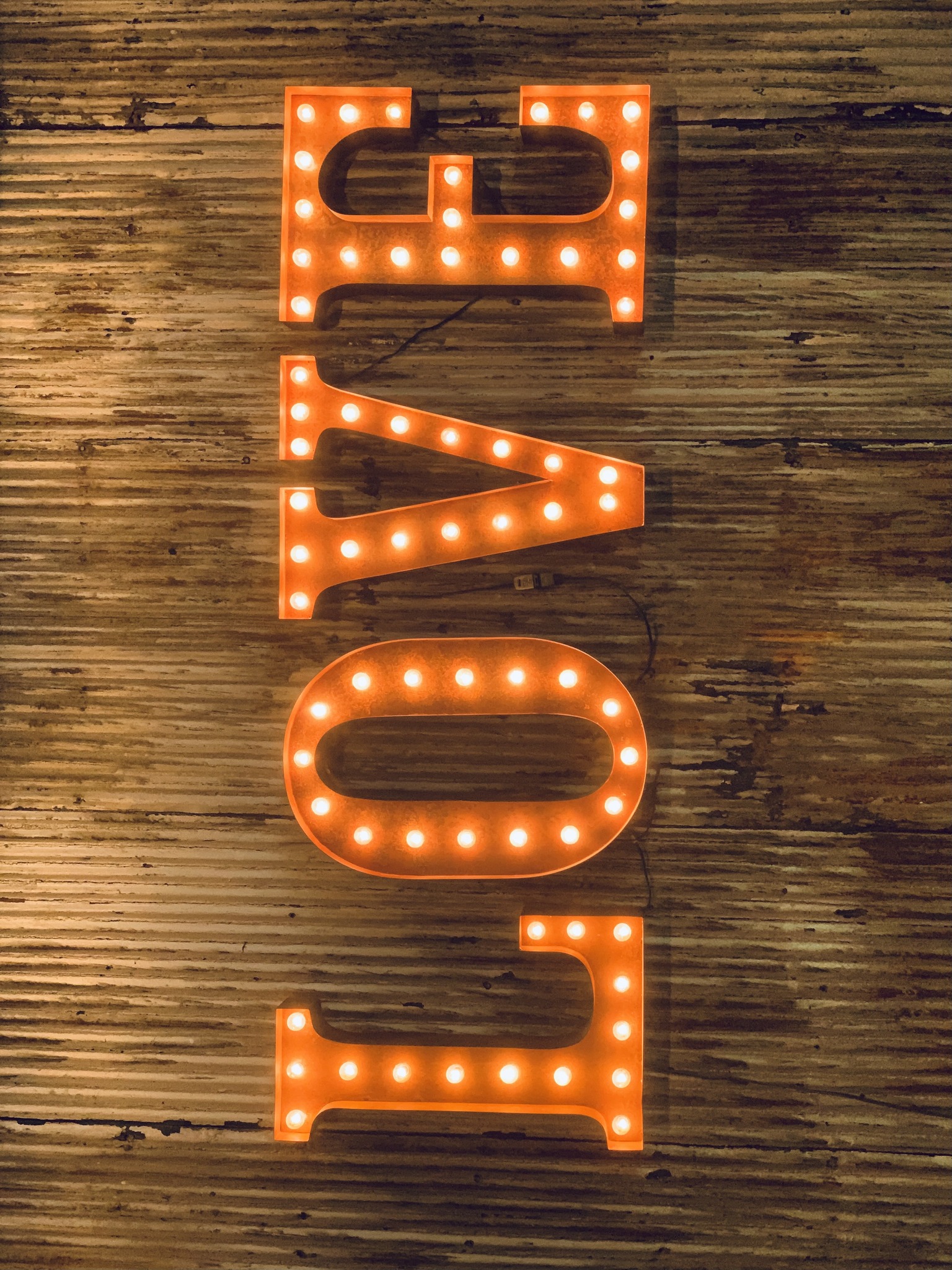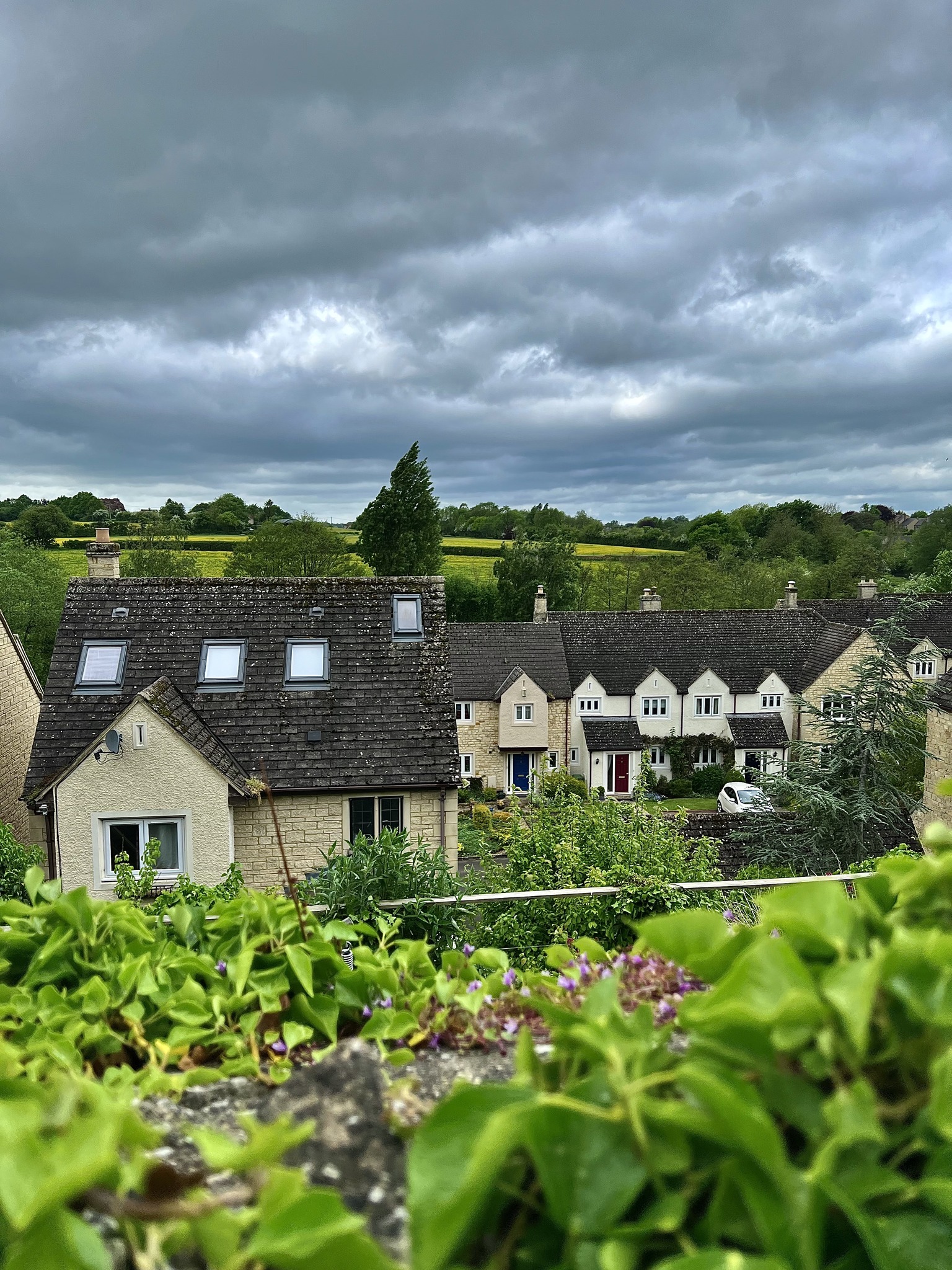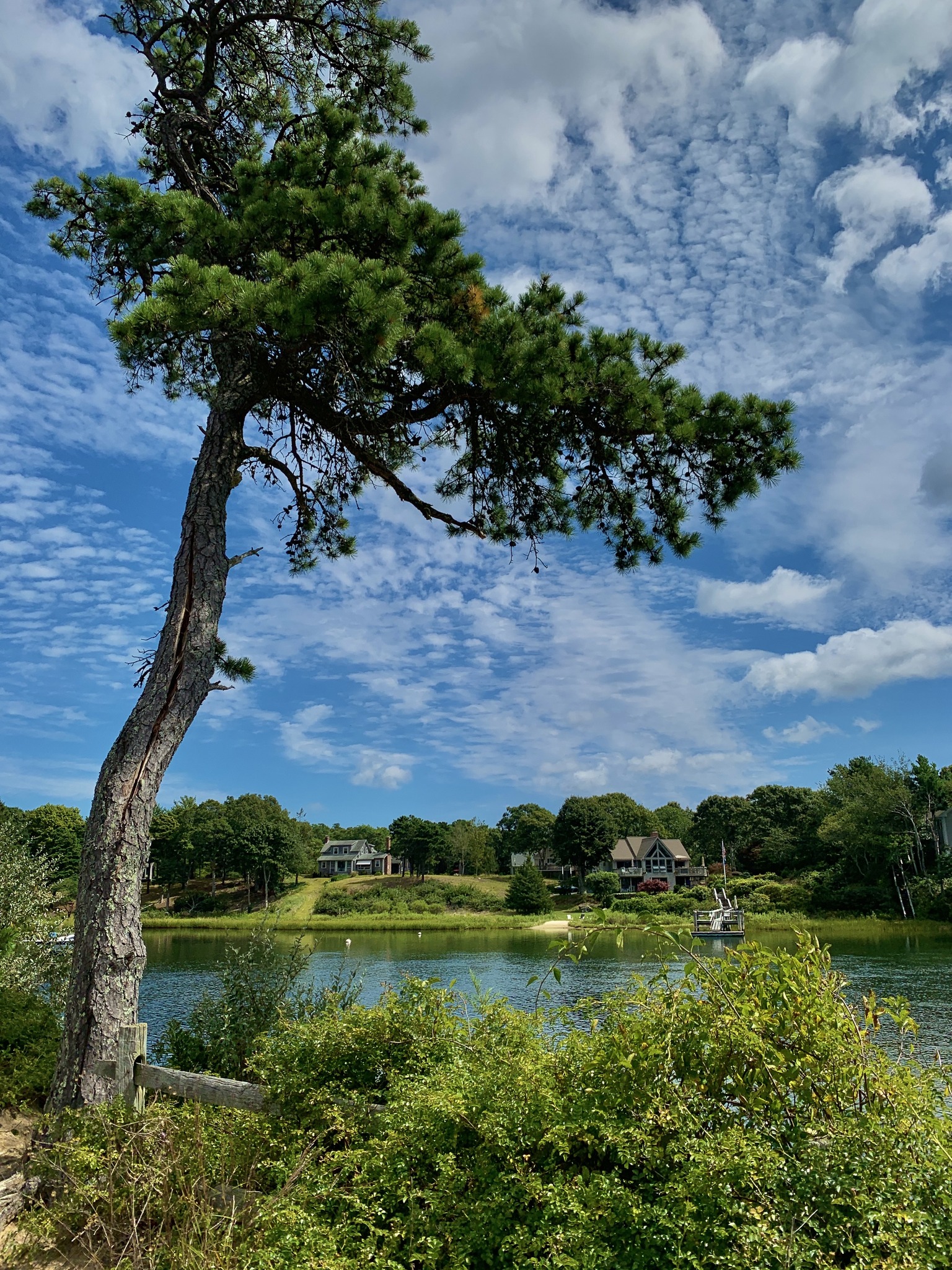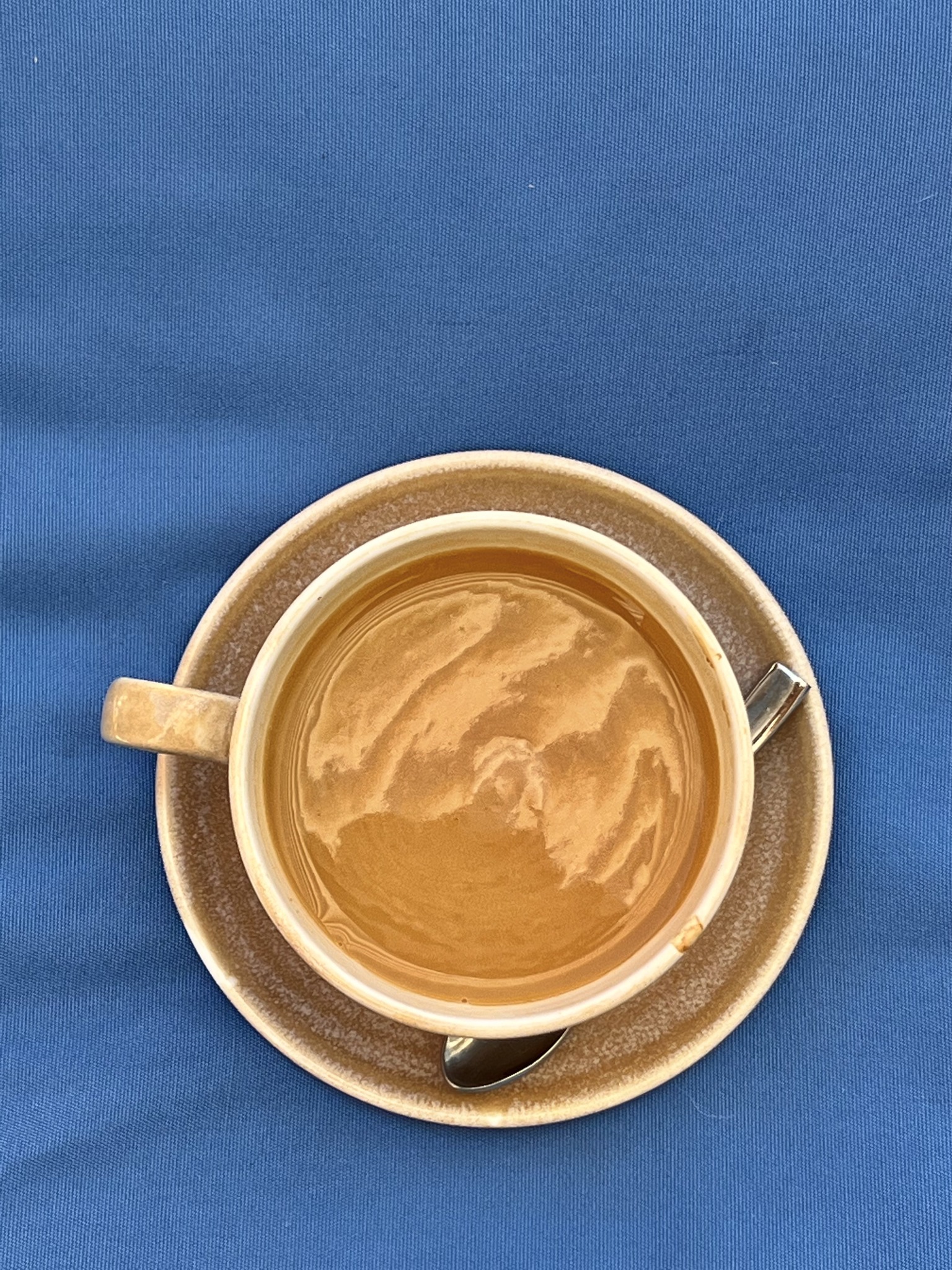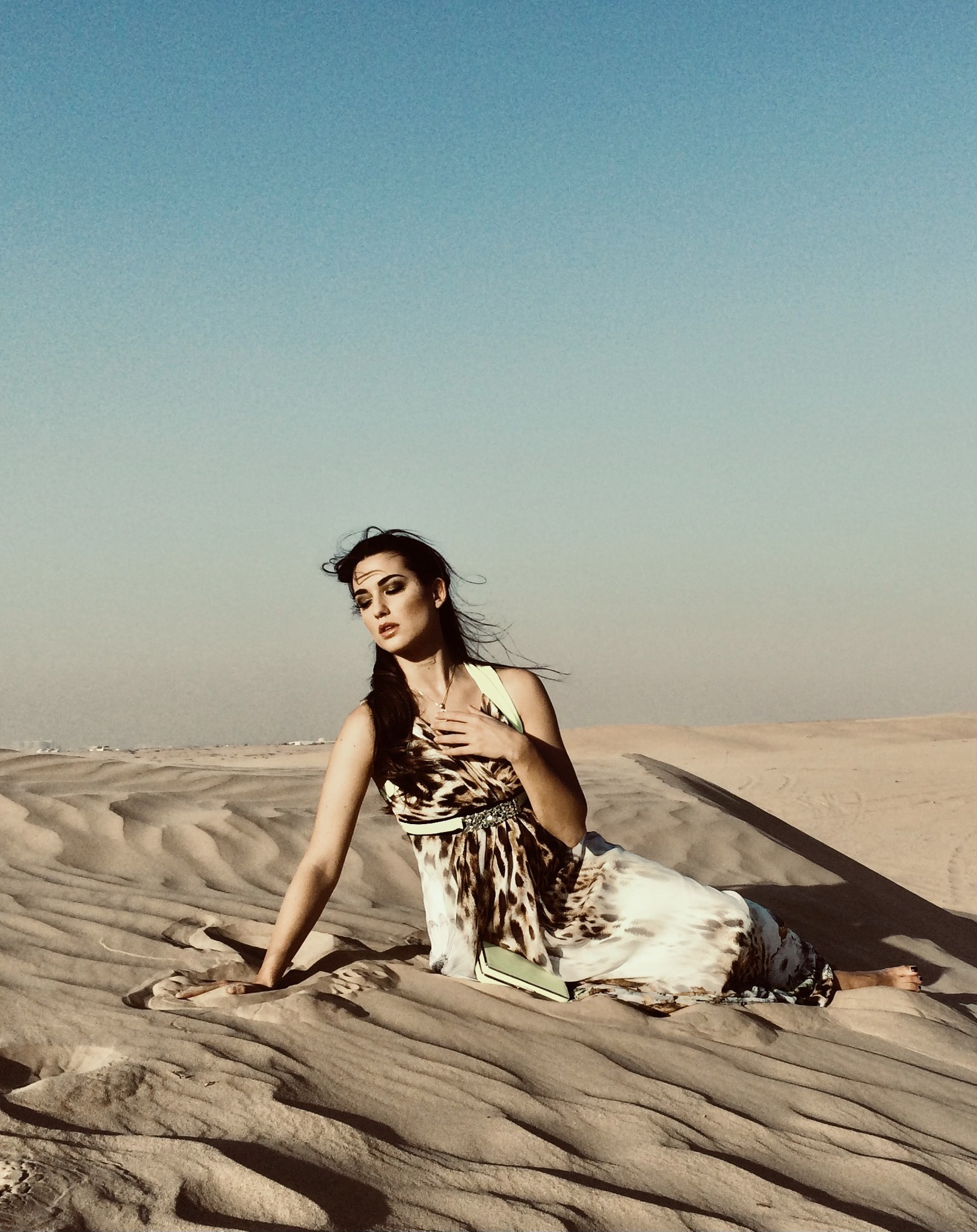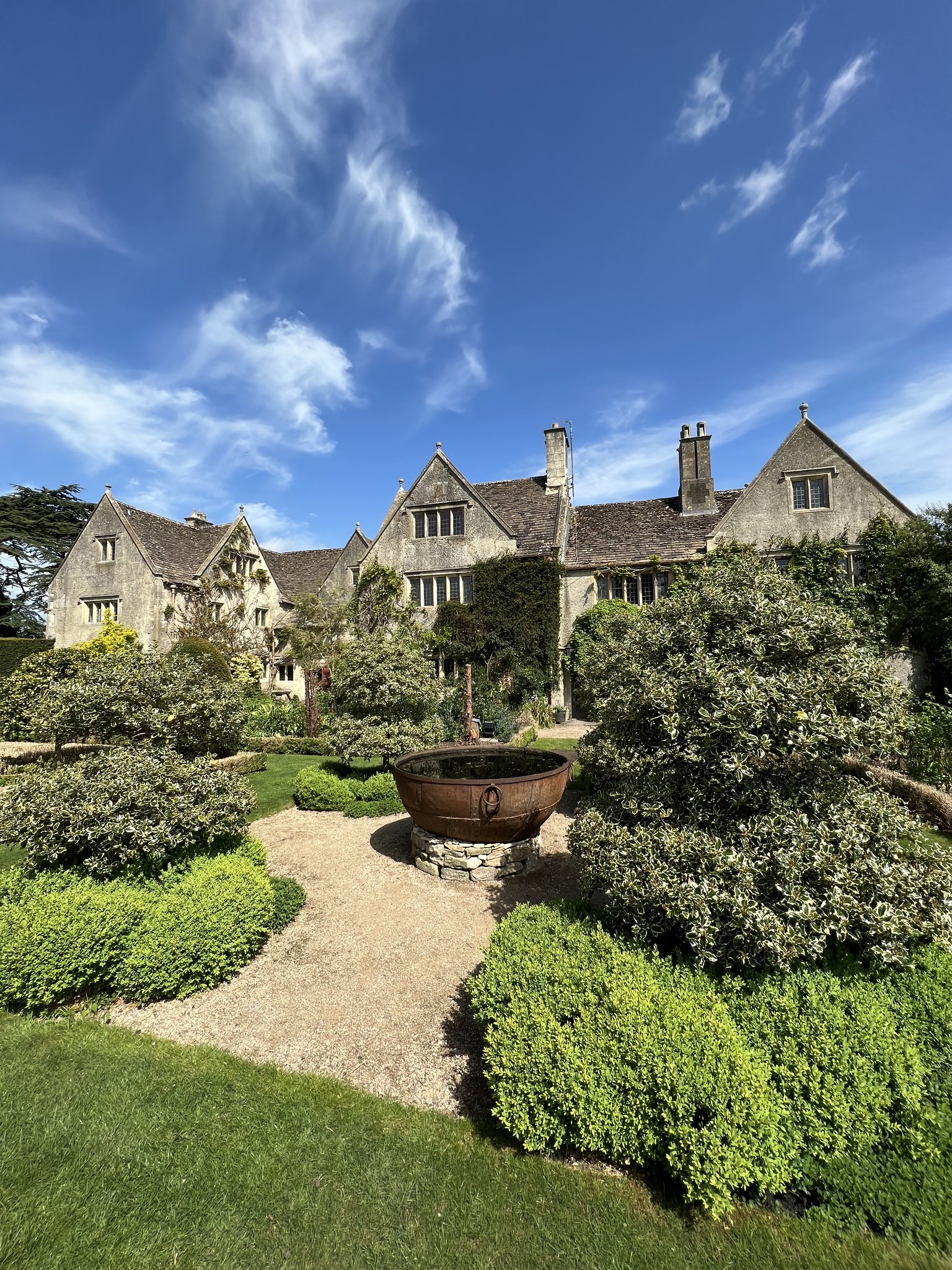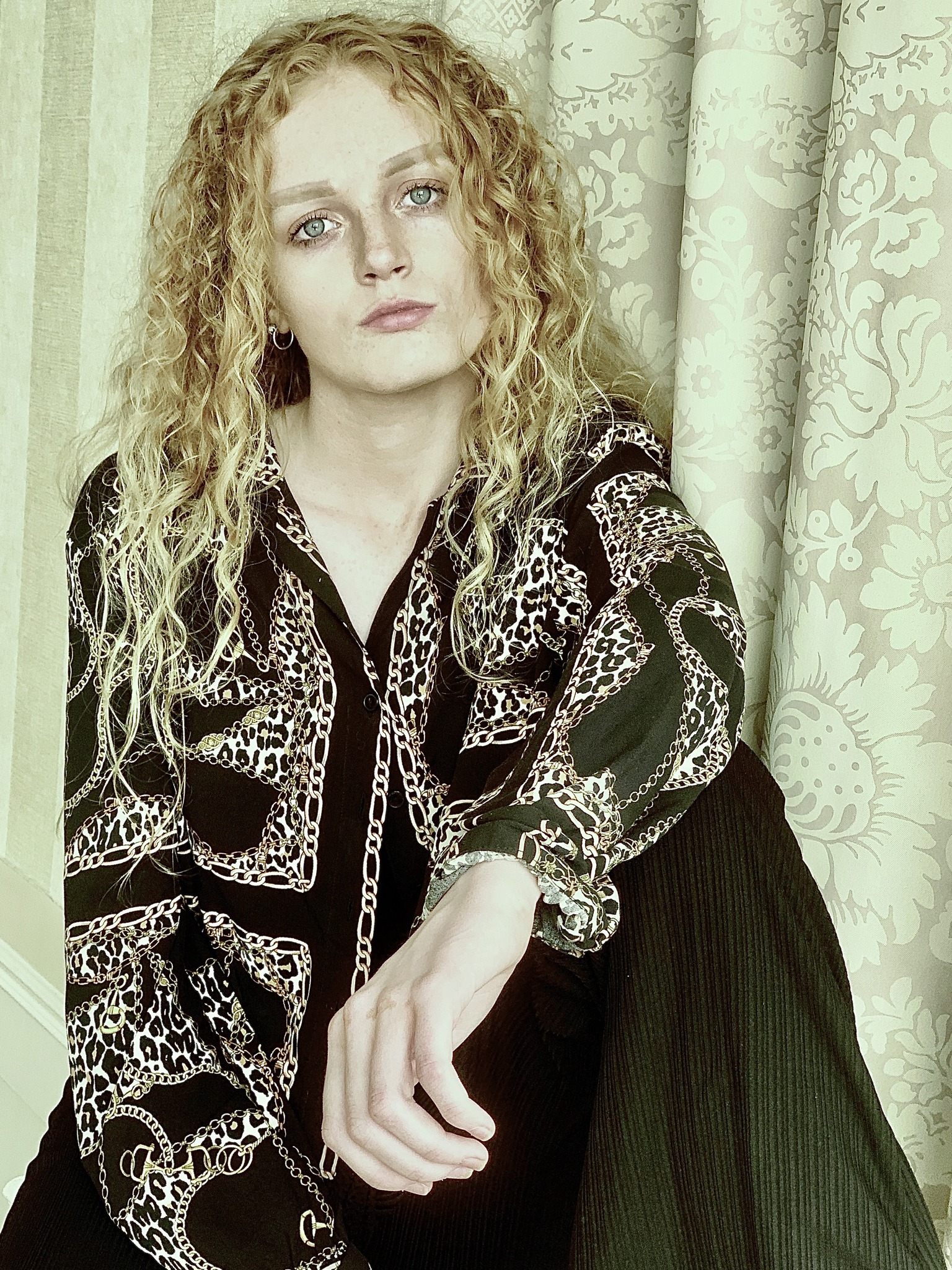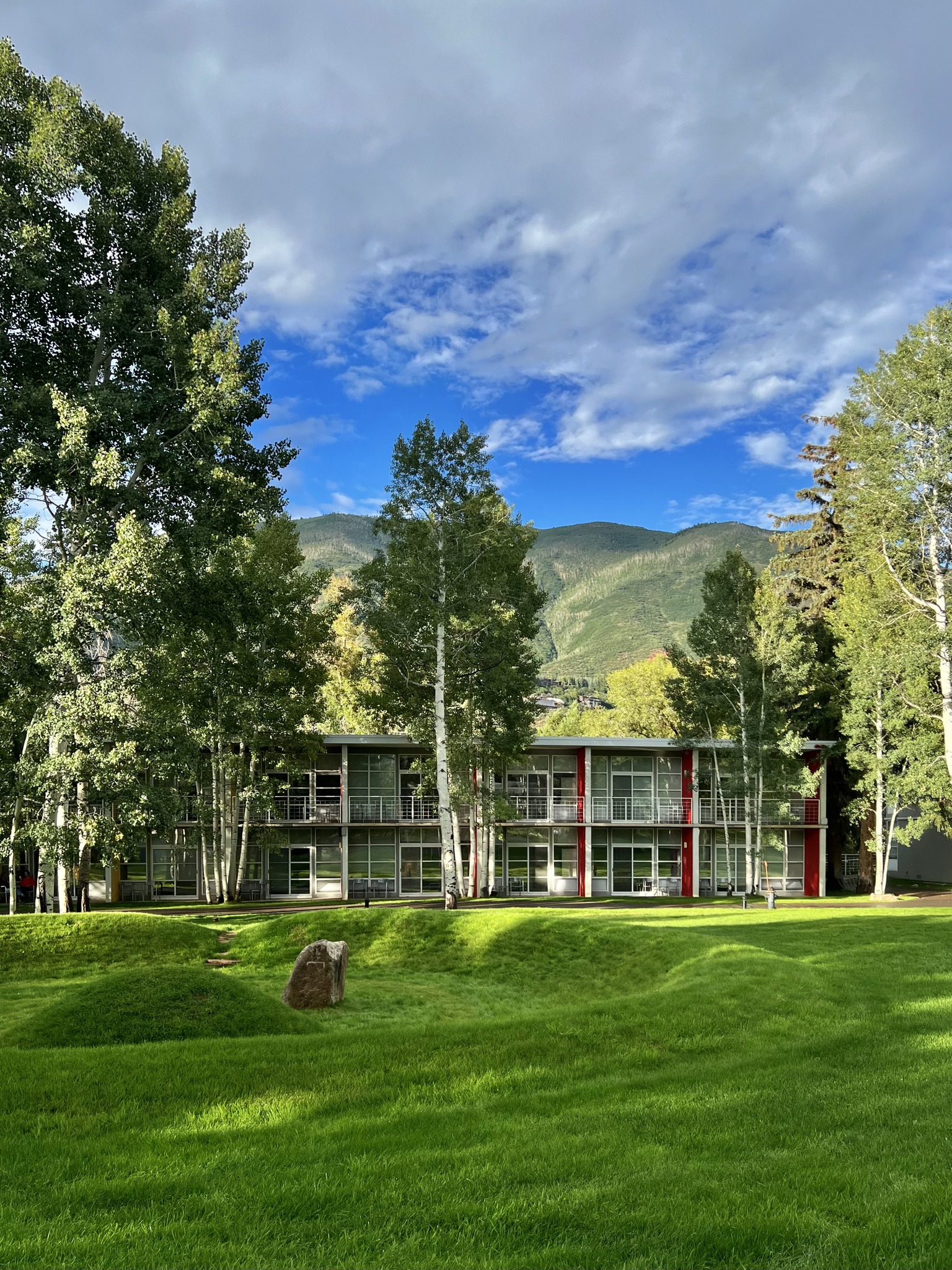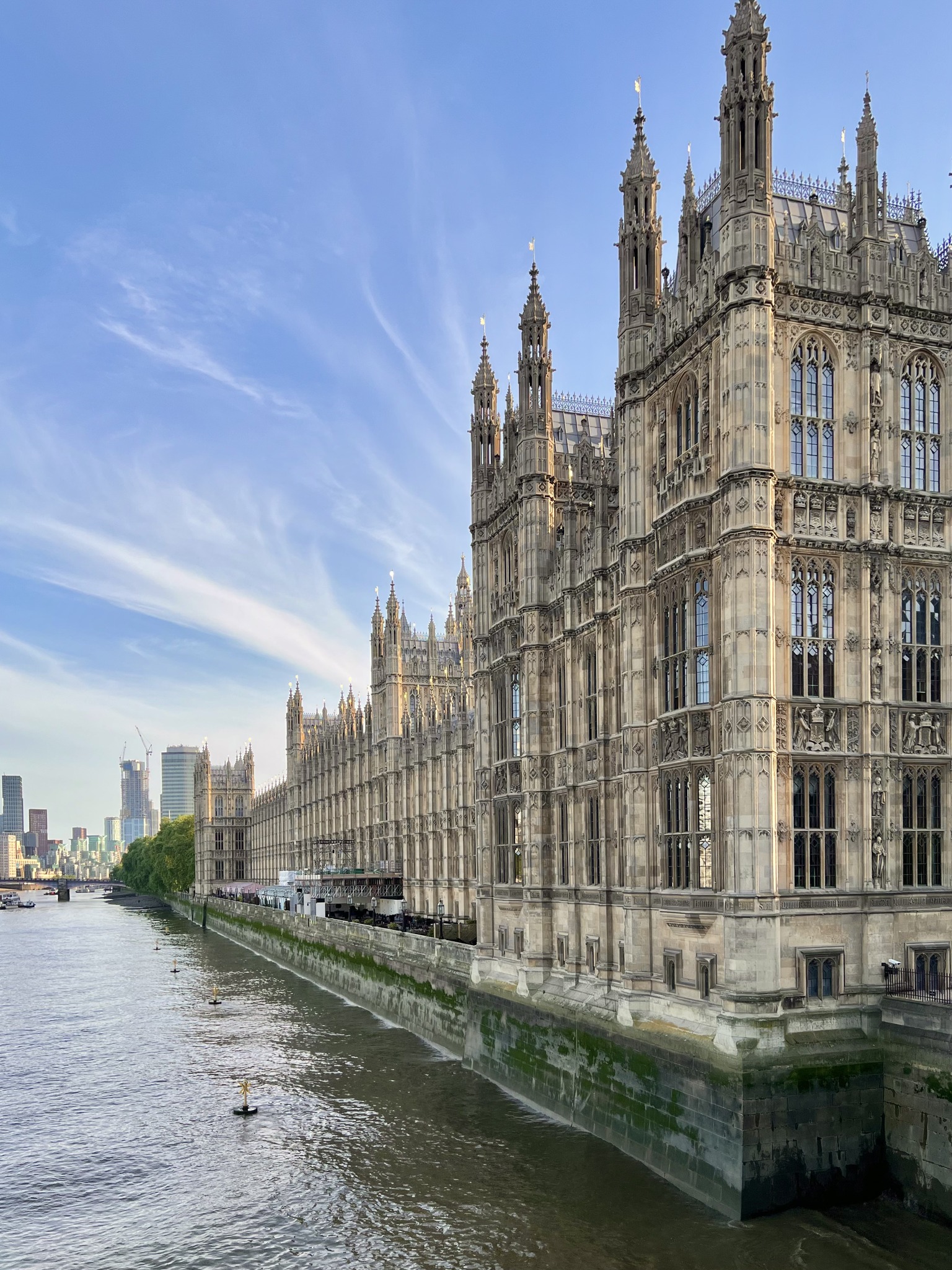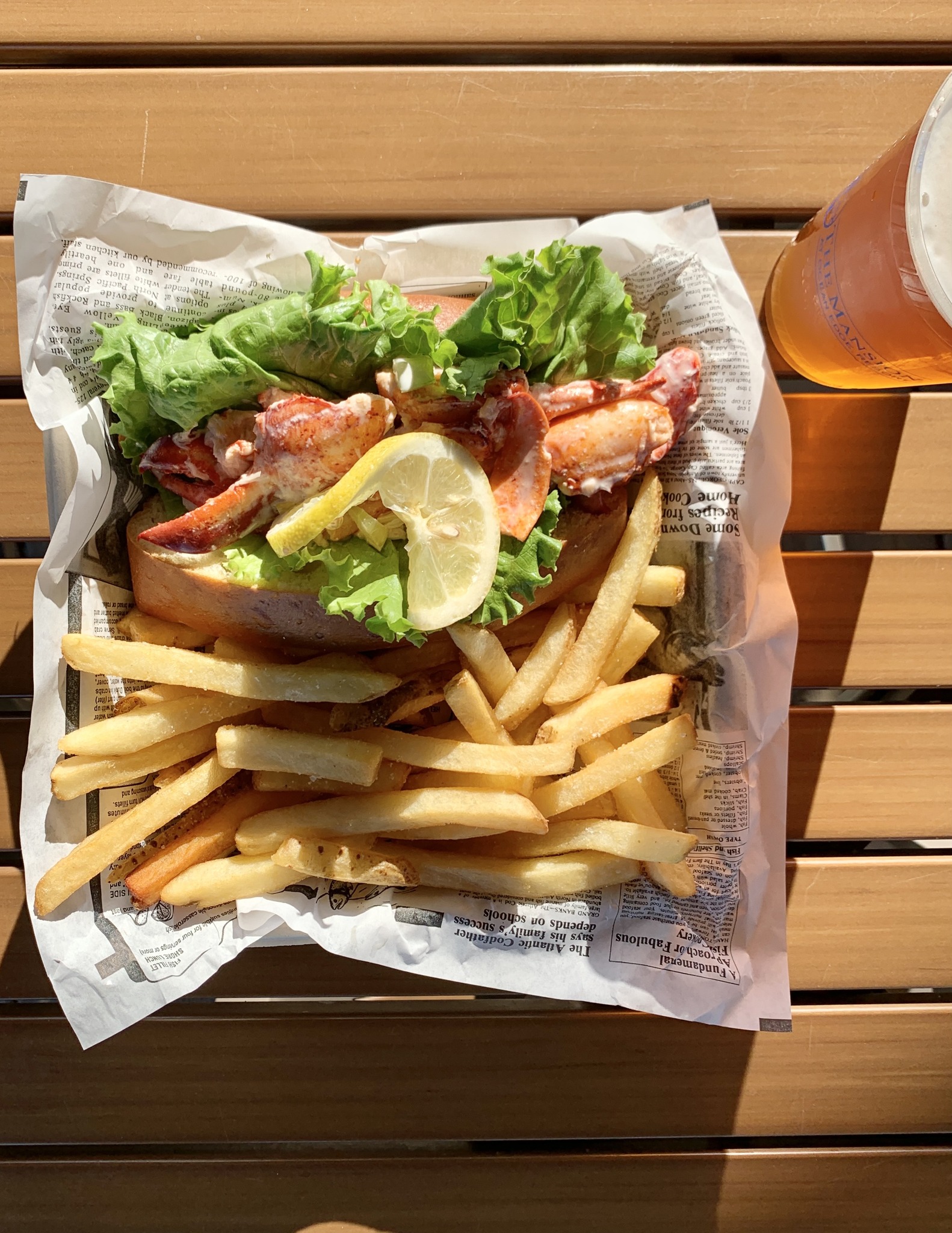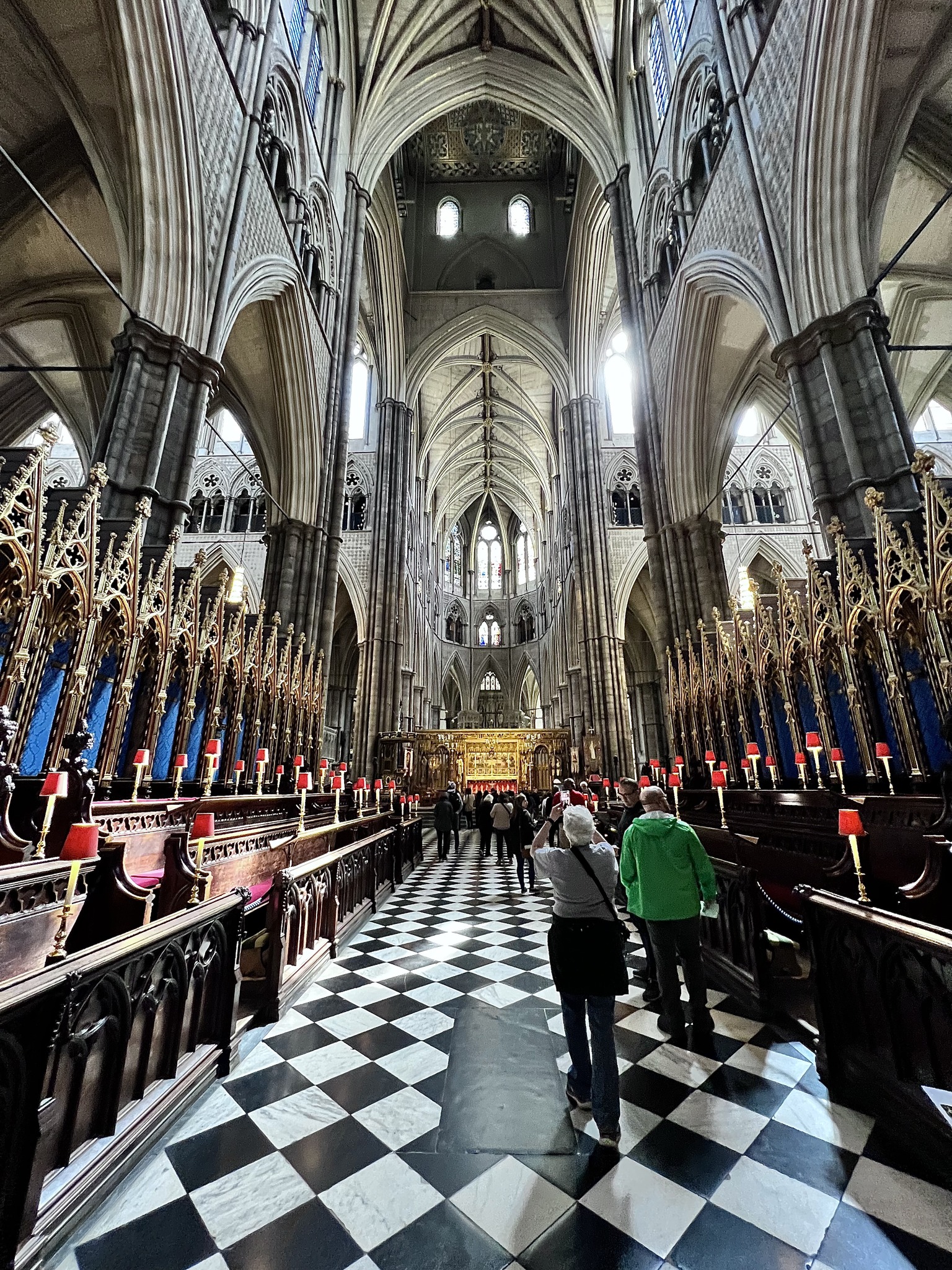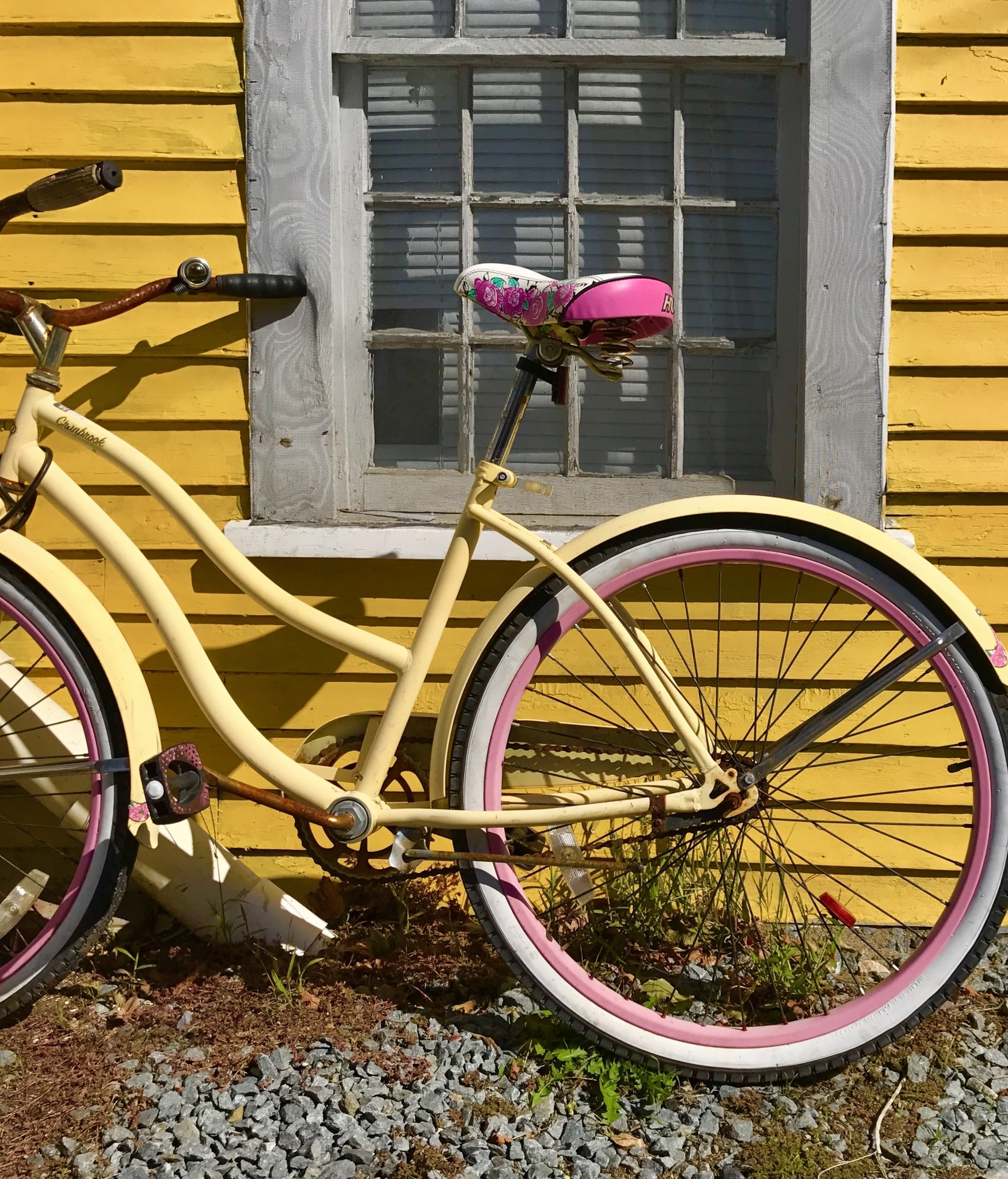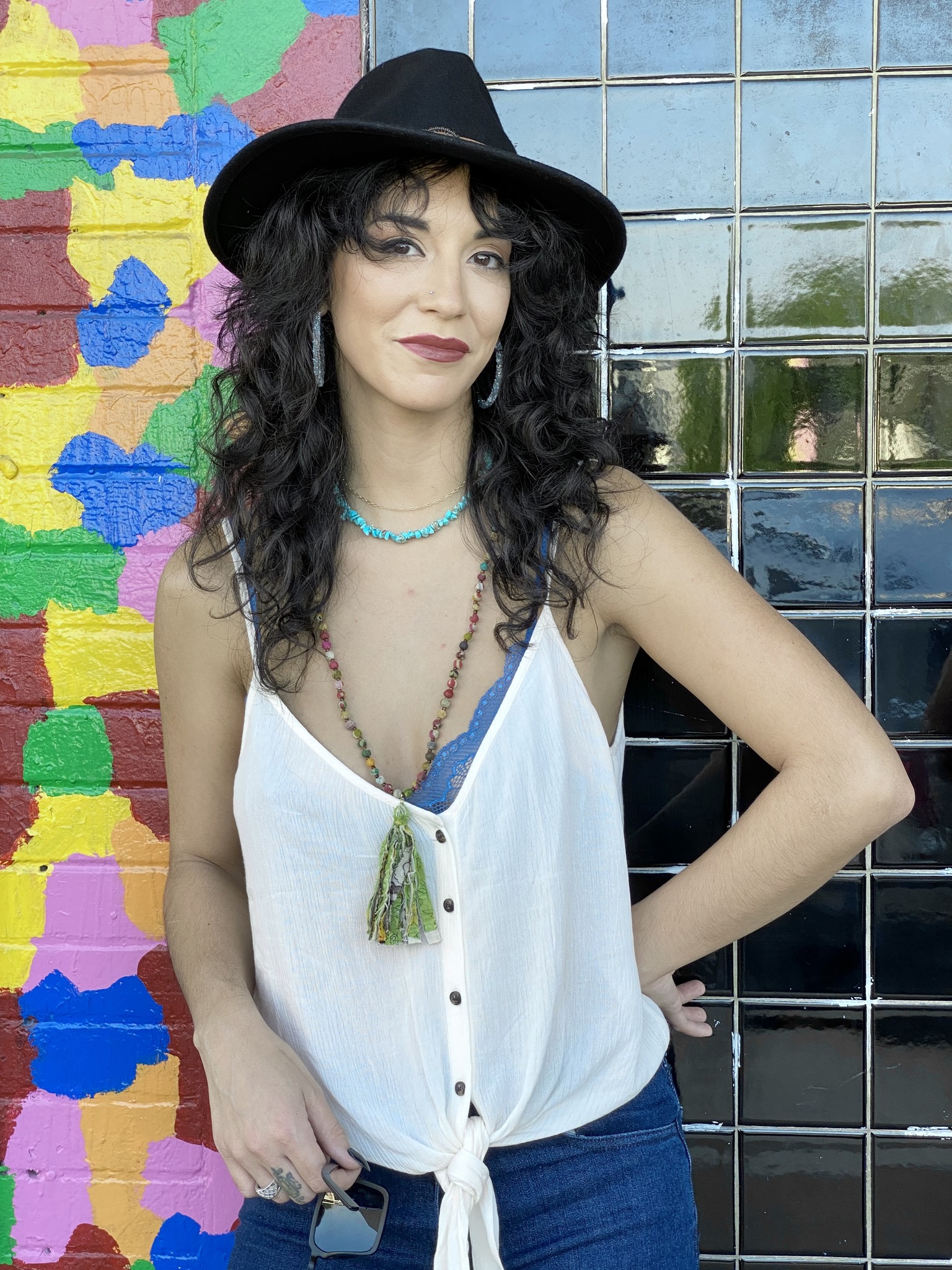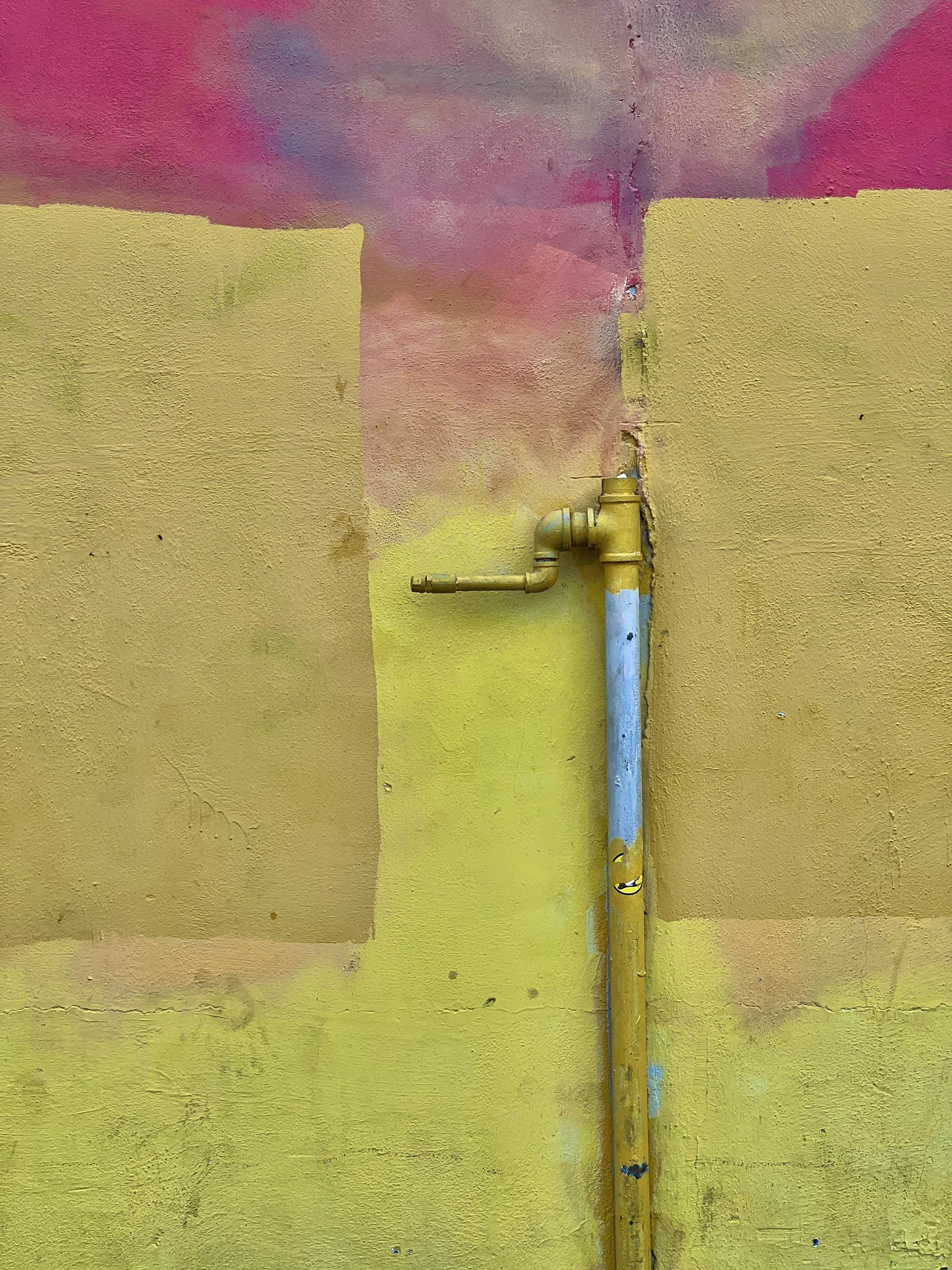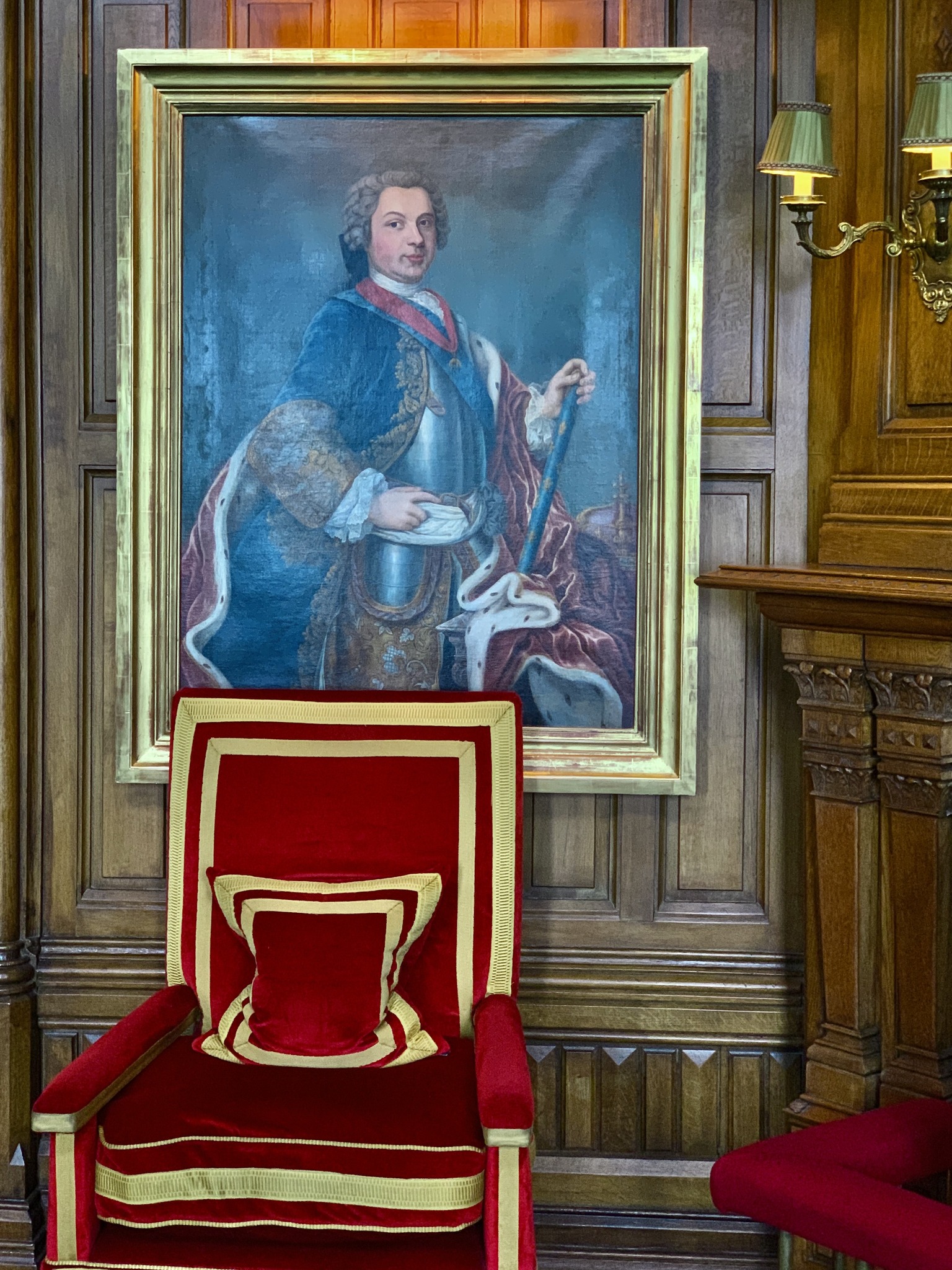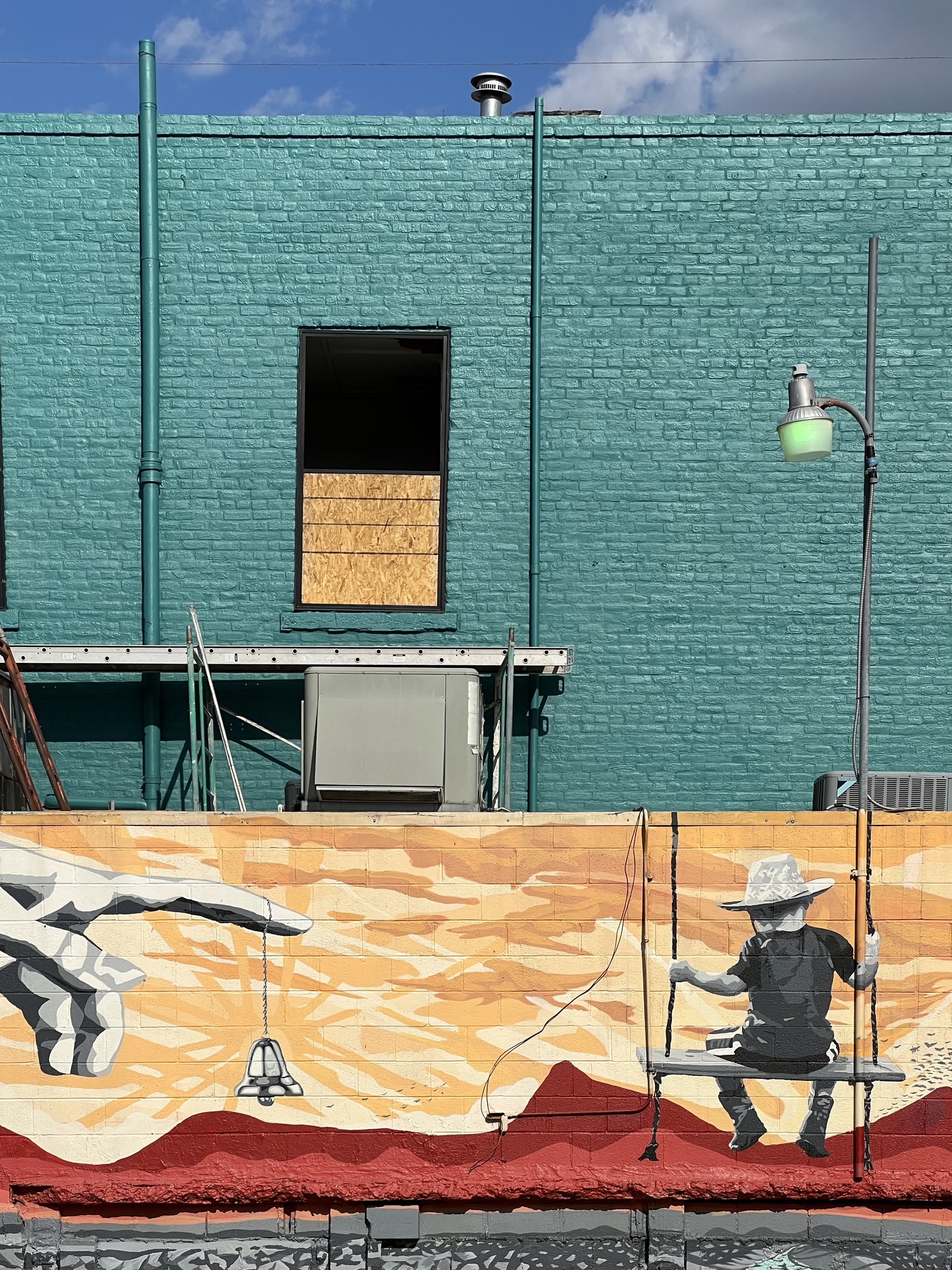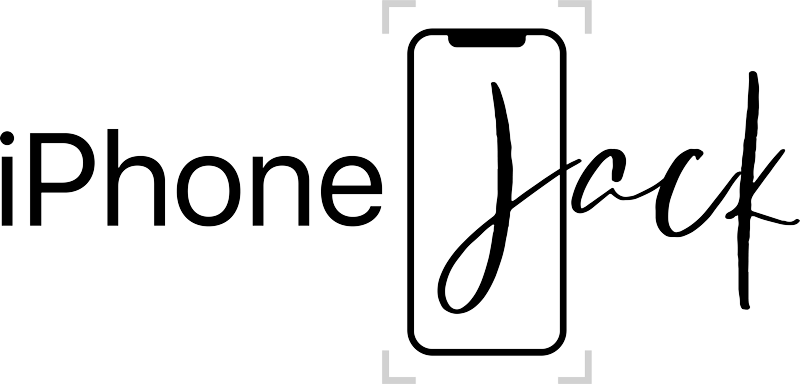I’ve never been drawn to the spiritual or metaphysical idea of the “Third Eye.” You know the one—tied to chakras and inner awakening and seeing things beyond the physical world. That’s never been my belief system, and I’m not here to pose as some enlightened guru. But I do think there’s a conversation worth having about this idea of seeing—deep seeing—and what that means in the world of photography.
Because if I’m being honest, most people look at the world. Very few actually see it.
Over the course of four decades with a camera in my hand, I’ve come to believe that there’s a kind of seeing that goes beyond our two eyes. It’s not mystical. It’s not magical. But it’s absolutely essential to photography. I’ve started calling it the “Third Eye”—not because I’m interested in reviving ancient philosophy, but because I think we need a new, contemporary, practical way to talk about the difference between looking and seeing.
Looking is fast. Looking is surface-level. It’s glancing, scanning, skimming, scrolling. It’s reactive. Our physical eyes are really good at that. We take in a scene and almost immediately move on to the next. That’s fine for everyday life, but photography demands more.
Seeing—really seeing—requires something deeper. It’s patient. It’s attentive. It’s immersive. It invites you to linger a little longer. To notice light and shape and texture. To sense harmony, contrast, rhythm. To pick up on gesture and detail. Seeing is about connection. It’s about being awake to the moment in front of you and letting it register emotionally, not just visually.
That, to me, is the Third Eye.
It’s not located in your forehead. It’s not a spiritual portal to enlightenment. It’s a mindset. A discipline. A muscle you train over time by slowing down and paying attention. For photographers, it’s that internal shift from snapping a picture to crafting a photograph. It’s what separates a photo that’s merely accurate from one that’s unforgettable.
When my Third Eye is open—and I mean that in the most grounded, secular way possible—I’m more aware. More attuned. I catch things I might otherwise miss: the subtle way morning light brushes a sidewalk… the quiet dignity in an elderly stranger’s face… the symmetry hiding in chaos. These are the visual gifts the world offers us, but they only show up if we’re fully present. The Third Eye isn’t about seeing what others can’t see—it’s about seeing what others don’t.
And here’s the thing: we’re not born with this. It’s not a talent you either have or don’t. It’s a way of moving through the world. You develop it by practicing intentional seeing. By walking slower. By lifting your phone or camera only after you’ve already studied the scene. By resisting the urge to shoot first and think later.
In my teaching and travels, I see a lot of photographers—especially mobile photographers—who are so focused on the tool in their hand that they forget the tool behind the tool is their attention. Their presence. Their ability to frame meaning, not just objects.
That’s what the Third Eye is: attention with intention.
So how do you activate it?
You don’t need crystals or incense or a quiet room. You need curiosity. You need quiet moments. You need to want to see more than what’s obvious. Spend time watching the way shadows move across a wall. Practice noticing. Don’t just photograph what you see—start seeing what you want to photograph.
I don’t care whether you shoot on an iPhone or a Leica. If your Third Eye isn’t open, you’re working with two-thirds of your vision.
One of the greatest gifts photography has given me is the ability to see things I used to overlook. I walk through the world differently now. I notice color combinations in graffiti. The posture of tired travelers. The pattern of raindrops on windows. Photography, at its best, trains you to fall in love with the ordinary. And the Third Eye is what helps you do that.
So yeah, I’ll keep using the phrase—Third Eye. Not because I’m chasing transcendence, but because I think it names something real. Something we need to talk about more. It’s not about seeing the invisible—it’s about being present enough to see what’s right in front of us. Fully. Honestly. And beautifully.
That’s the Third Eye I believe in.
Click.
Jack.
